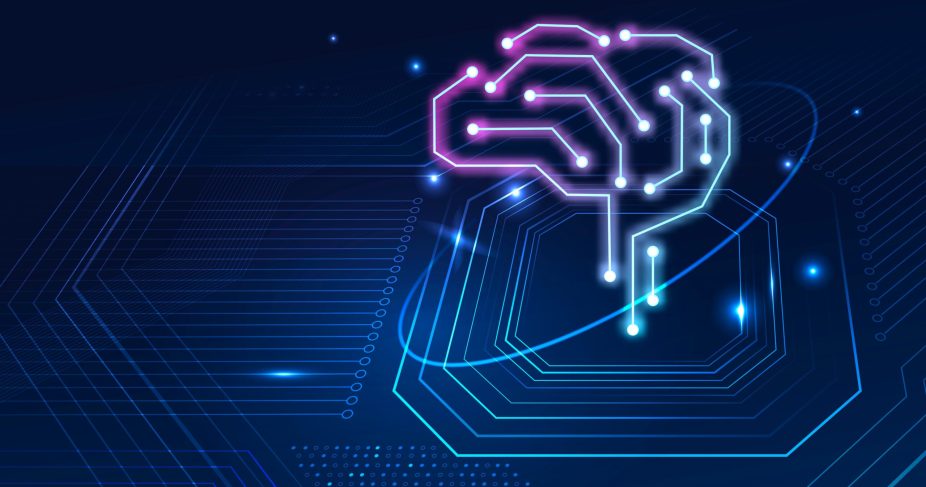FILTERS
Close
Search for
Recent Posts
Cloud Consultation: Your Compass In Navigating The Digital Sky
November 24, 2023
Unlocking The Full Potential Of Managed Cloud Services
October 3, 2023
Cloud Migration Strategies for Businesses
September 27, 2023
Containerization And Kubernetes – Transforming Your Infrastructure
September 27, 2023
